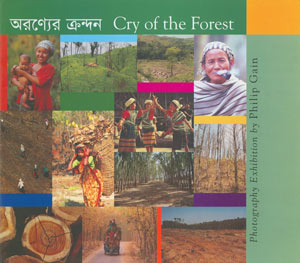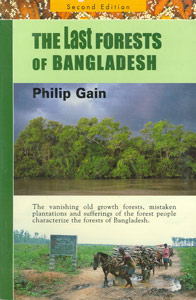Bangladesh is amazingly green with great biodiversity. But at the same time it is a forest-poor country that has lost its forest cover from about 20% in 1927 to a mere 6% today. Outside the Sundarbans, only tiny patches of forests remain.
What factors have led to this situation? The typical response of the Forest Department (FD) is that those who live in and around the forests are encroachers and despoilers of the public forests. International financial institutions (IFIs) like the World Bank, the Asian Development Bank (ADB) and companies engaged in the forestry sub-sector argue that growing population, poverty, migration of landless people into the forest areas, shifting cultivation, illegal felling, fuelwood collection, etc. cause the degradation of forests.
But why would the people, materially and spiritually intertwined with the forests, destroy what is so important for their life and environment? Are the forest-dwelling ethnic communities, who have lived in the forests for centuries really encroachers?
The Last Forests of Bangladesh focuses on the factors, deep-rooted in our colonial past and in the globalization of capital that contribute to the destruction of our public forests. The author argues with background information, facts and stories on how the reservation of the public forests by the governments, monoculture plantation, extraction of raw materials from the natural forests for pulp and paper mills, industrial plantation, rubber in place of native forests, the so-called “social forestry” and export-oriented prawn aquaculture, etc have greatly contributed to the rapid destruction of the forests.
This book is a valuable source book for anyone interested in understanding what has been happening to our alarmingly limited public forests and the forest-dwelling people whose lives are doomed without forests.
Published: 2002 (2nd edition)
Language: English
Paperback: 224 pages
Author: Philip Gain
Price: Tk.350 US$15



